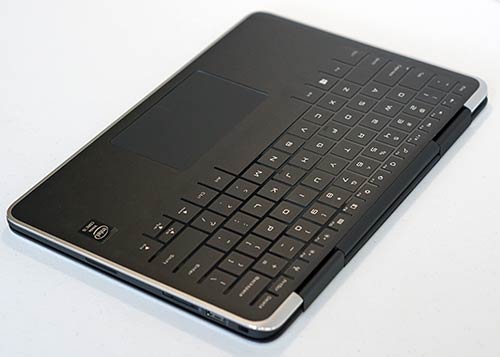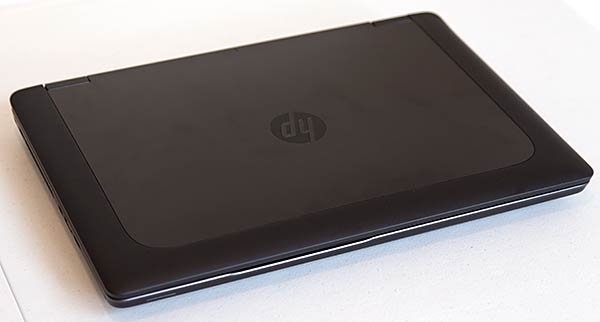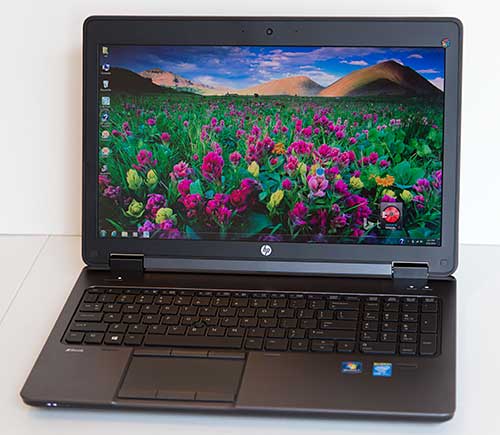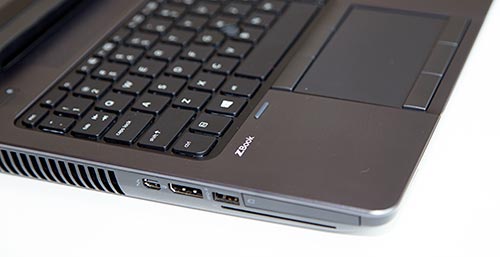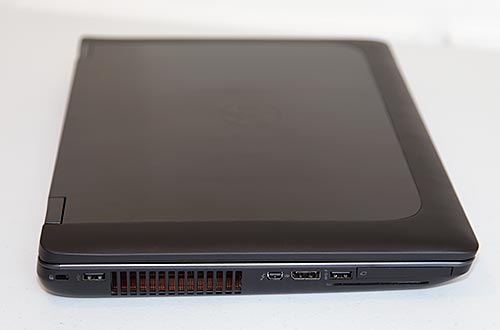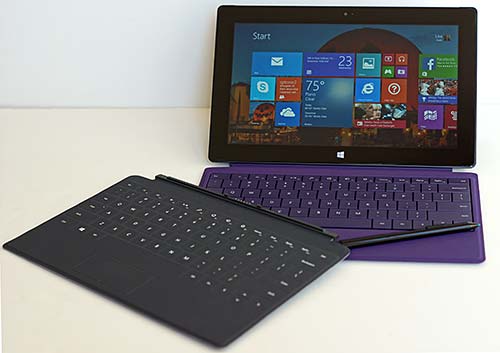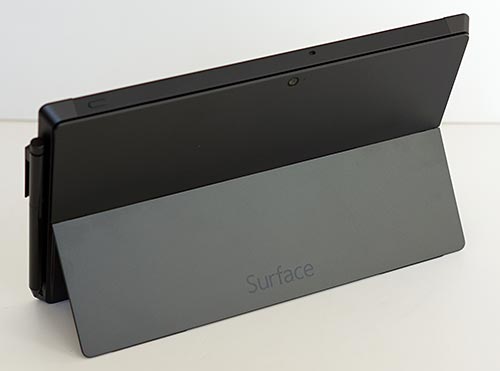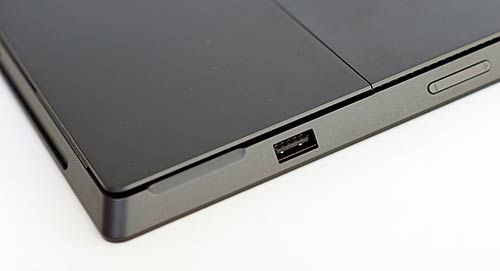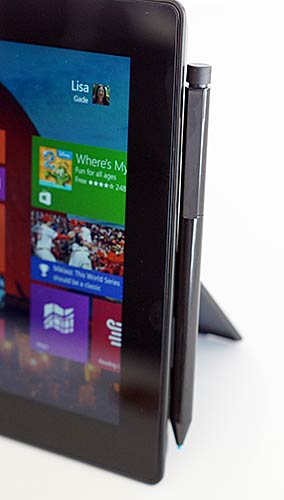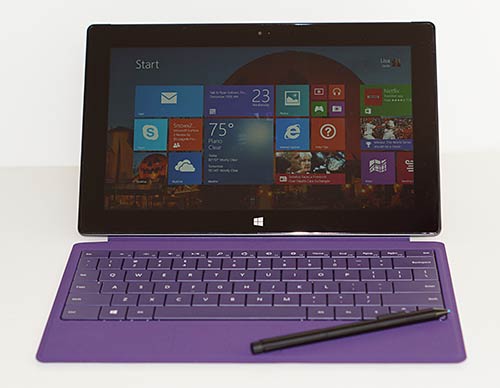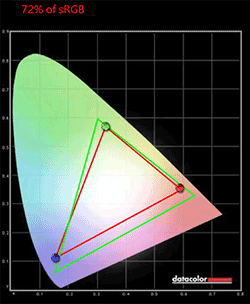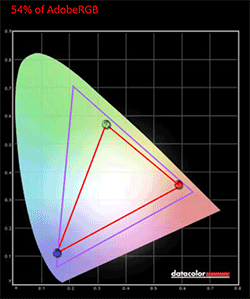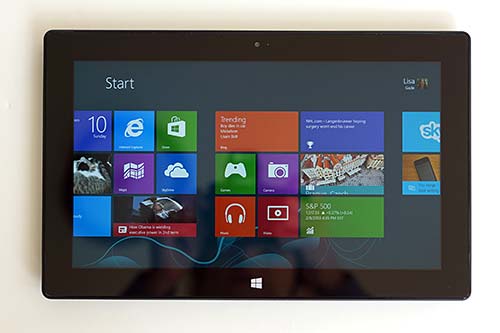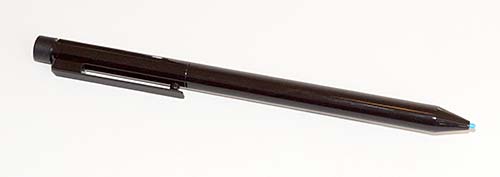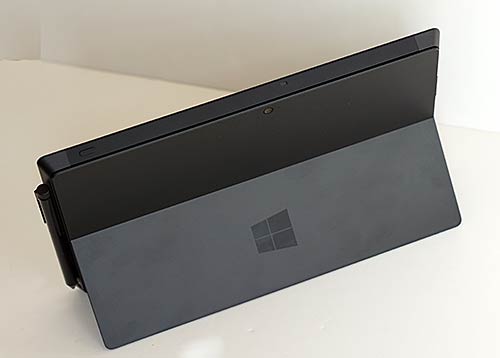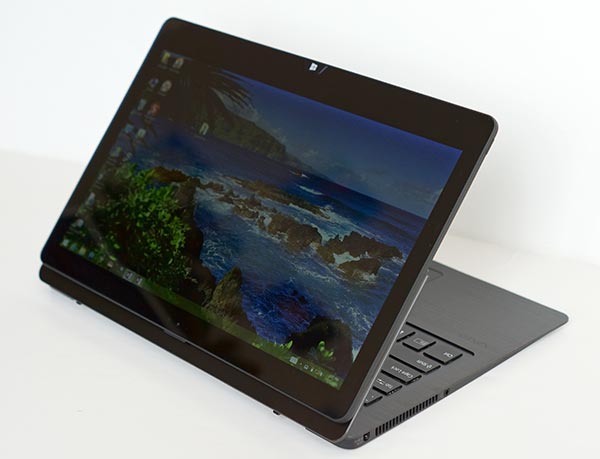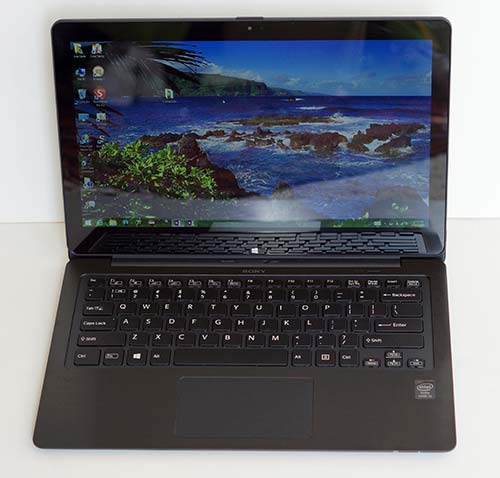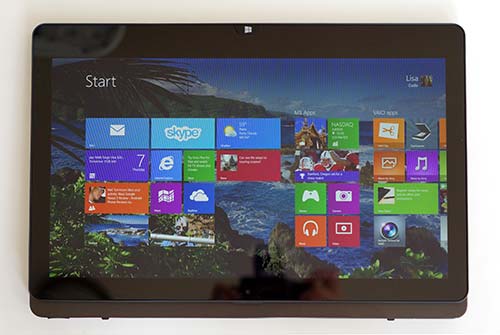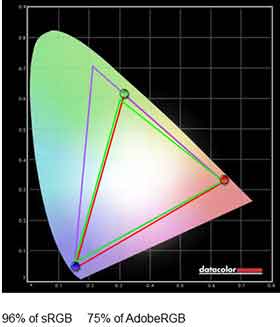The Dell XPS 11 is one of the sexiest Windows 8.1
2-in-1 convertible Windows tablet-Ultrabooks on the market. Looking at
it will inspire a strong case of geek lust: it's super-slim with clean
lines and a very attractive and classy looking carbon fiber and metal
casing. Open it up and you're greeted by a 2560 x 1440 Sharp IGZO 11.6"
display that's bright and has wide color gamut. And the keyboard--it
looks so cool, and at first blush you might think it's a normal keyboard
because each key is defined by a matte surface separated by what looks
like a gloss black bezel. Ah, but those backlit keys don't actually
move; like the Surface Touch Cover, they're capacitive touch sensitive
keys. Futuristic? Yep. Great for typing? Nope. Hence Dell positions the
XPS 11 as a tablet first, despite the permanently attached keyboard. At
2.5 lbs. it's similar in weight to the Microsoft Surface Pro 2
with keyboard cover, but the Dell looks and feels more like a laptop.
At 11.6", it's also not as cramped as the 10.6" Surface Pro 2, but it is
smaller than the 12" Surface Pro 3.
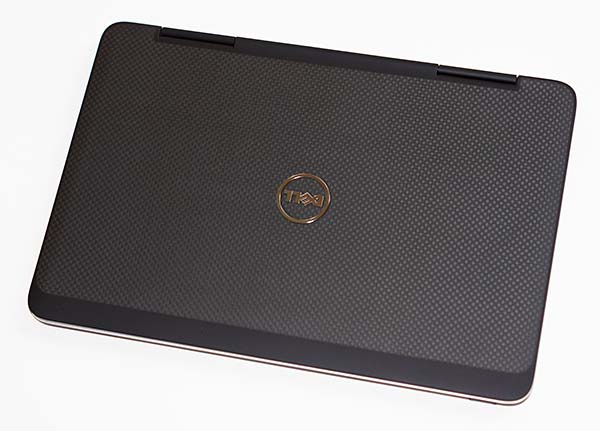
The XPS 11 runs on 4th generation Intel
Haswell Y series dual core CPUs, the lower power relative to the U
series CPUs used in Ultrabooks and Surface Pro 2. Most Windows tablets
with Intel Core CPUs run on the Y series since it sips less power and
runs a bit cooler. The machine is available with your choice of a Core
i3 ($999) or a 1.5GHz Core i5-4210Y ($1,249). Both models have 4 gigs of
DDR3L RAM soldered on board and a 128 gig mSATA SSD as well as dual
band Intel 7260AC WiFi 802.11ac. There's a $1,499 model that upgrades
the SSD to 256 gigs, but 4 gigs of RAM is the max available. Performance
is relatively quick among Windows 8 tablets running on the Core i5 Y
series and Intel HD 4200 graphics, falling at the top of the pack, but
still below Surface Pro 2 running on the U series Core i5-4200U with HD
4400 graphics. The Dell is significantly faster than the 11" Lenovo Yoga
latest generation that runs on Intel Cerleron and Pentium CPUs. In
terms of footprint and convertible design, the Yoga 11 would be a direct
competitor, but the latest generation targets the budget segment with
those slower CPUs, single band WiFi 802.11n and a 1366 x 768 display. It
does have one advantage: a normal keyboard.
Build quality is excellent and Dell manages to fit
quite a few ports in this extremely thin and compact laptop: two USB
3.0, full size HDMI, an SD card slot (even the bigger XPS 12 and XPS 13
don't have an SD card slot!) and 3.5mm audio. Like the Lenovo Yoga
Windows convertibles, the Dell works as an Ultrabook, a tablet, in tent
mode, in presentation position and open flat on a table. Again like the
Yoga, the keyboard faces outward when in tablet, presentation and tent
modes, but given the flat capacitive keyboard it doesn't feel really
weird and there are no moving keys to break nor crevices to pick up
crumbs.
The display is simply lovely, not
only thanks to the high resolution but wide color gamut and good viewing
angles. The Sharp IGZO panel displays 98% of sRGB and 77% of Adobe RGB,
putting it in top company with the best laptop displays on the market
for wide color gamut. Brightness is also better than average and color
calibration is good from the factory.
Battery life averages 6.5 hours
with moderate productivity use with brightness set to 50% and WiFi
turned on. The battery is sealed inside, though it's not that hard to
remove the bottom panel should it require service.

